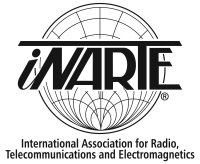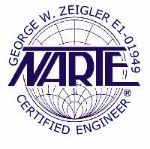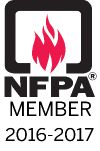Protection and Grounding vs Accounting
Most facilities have issues with facility protection and grounding. Because these issues do not cause equipment failures, equipment outages, system outages and downtime every day or even every week they are put on the back burner until some major event occurs.
The single reason protection and grounding issues are not addressed is because once the building is built and the equipment is installed protection and grounding upgrades in most cases automatically comes out of maintenance dollars not capital expense dollars. We all know how the budget cycle works, last year’s cost plus or minus a percentage increase or decrease per line item; however, this does not have to be the case.
Facility protection and grounding is an asset. Accounting rules permits capital improvement dollars to boost an asset’s condition beyond its original or current state. Facility managers and facility maintenance personnel must work with the accounting department to upgrade the facility protection and grounding via capital improvement dollars and not use maintenance dollars. Once maximum facility protection and grounding is implemented the equipment failures, equipment outages, system outages and downtime are drastically reduced which saves maintenance dollars. Depending on a facility’s past record for equipment failures, equipment outages, system outages and downtime the return on investment will vary. It has been our experience that the average company over a ten (10) year period averages a minimum of two and one-half percent (2.5%) a year from labor cost and production cost to pay for equipment failures, equipment outages, system outages and downtime.
Maintenance costs are expenses for routine actions that keep your building’s assets in their original condition; these typically fall under repairs and maintenance in your operating budget. On the other hand, capital expenditures/improvements are investments you make to increase the value of your asset. Though simple, this distinction is important -- maintenance is classified as an expense, while capital expenditures or improvements enhance the asset’s market value and benefit your company’s facility.
Basically, a capital improvement is performed to boost an asset’s condition beyond its original or current state. Companies undertake capital improvements when they wish to increase an asset’s useful function or service capacity, perform a required extension of “useful life,” enhance the quality of services, reduce future operating costs, or upgrade essential parts of the asset. Examples can include modernizing grounding systems, installing variable frequency drives on motors, upgrading equipment protection, or any other major, value-adding improvements.
We spoke about this term earlier, so we want you to be clear about what it means. The term “useful life” refers to the lifespan – the length of time that a system or piece of equipment is expected to serve its original purpose. Keep in mind that all of your building’s assets (like its security, mechanical and electrical systems) – as well as the facility asset as a whole – have their own unique useful lives, which can span a wide range of timeframes. Useful life can be affected by a variety of factors, such as wear and tear, environmental effects, obsolescence (technical or commercial), revised compliance and safety regulations, and more. Companies can sometimes extend an asset’s useful life by performing work that improves the design or utilizes better materials than originally included. If your company goes this route, be sure to review the expenditure carefully so you can classify it correctly.
Categorizing an expenditure as either maintenance or as a capital expenditure or improvement is a careful decision that should be made each time any type of maintenance, repair or renovations are performed. To get it right, consider the value of the asset, the intended goal of the work to be performed, the scope of work, the actual result and its impact on the asset’s value, depreciation and equity return.
Consistently and correctly applying the proper expense categorizations is not always easy, but it’s very worthwhile – and it will go a long way towards ensuring the ongoing financial stability of your company.
« Back to Blog






Comments